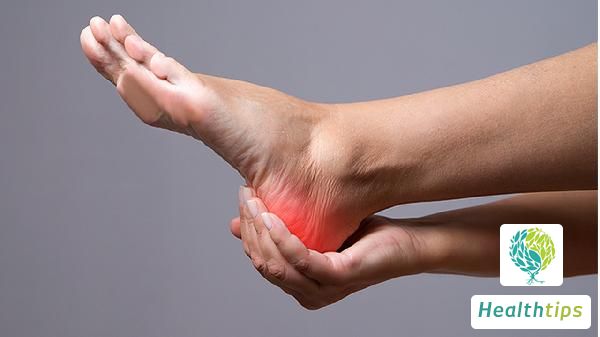What are the symptoms of secondary hyperhidrosis?
The symptoms of secondary hyperhidrosis vary among individuals, typically including localized or generalized excessive sweating, which is often related to specific diseases, medications, or other triggering factors. If accompanied by systemic disease symptoms, medical attention should be sought promptly to identify the cause and receive treatment.

1. Sweating Location
Secondary hyperhidrosis may affect localized or generalized areas, with excessive sweating visible on the palms, soles, head, face, or axillae. This differs from primary hyperhidrosis, which usually targets specific localized areas (such as the palms), while secondary hyperhidrosis may be more widespread.
2. Severity
The amount of sweating in secondary hyperhidrosis is often significant, potentially causing issues such as soaked and slippery clothing. The severity of sweating may increase or decrease with the underlying cause.
3. Accompanying Symptoms
In addition to sweating, secondary hyperhidrosis is often accompanied by symptoms of the underlying disease. For example, hyperthyroidism may cause palpitations, heat intolerance, and weight loss; diabetes may lead to hypoglycemia and induce sweating; those taking specific medications may also experience dizziness, trembling, etc. Identifying potential diseases based on accompanying symptoms is necessary.
Treatment of Underlying Diseases
When treating secondary hyperhidrosis, the underlying cause should first be identified and addressed. For example, hyperthyroidism can be controlled with antithyroid drugs (such as propylthiouracil), radioactive iodine treatment, or surgery; diabetics need close monitoring of blood glucose levels and adjustment of insulin or oral hypoglycemic drug dosages.
Pharmacological Treatment
Symptomatic treatment may involve the use of anticholinergic drugs (such as atropine) to temporarily reduce sweat secretion. Some patients need to use these drugs cautiously due to side effects (such as dry mouth, blurred vision, etc.). Adjust medications according to the doctor's advice after identifying the cause.
Local Treatment
For localized hyperhidrosis, antiperspirants (such as topical medications containing aluminum salts), botulinum toxin injections, or iontophoresis can be selected, based on individual needs.
If excessive sweating is accompanied by obvious weight loss, persistent fatigue, or other systemic symptoms, or if it severely affects daily life, medical attention should be sought promptly to identify the cause. Identifying the underlying cause is crucial, as excessive sweating may be an external manifestation of systemic diseases. Observing the pattern of sweating and accompanying symptoms, and communicating with doctors timely about treatment plans, are essential for effective disease control.



















